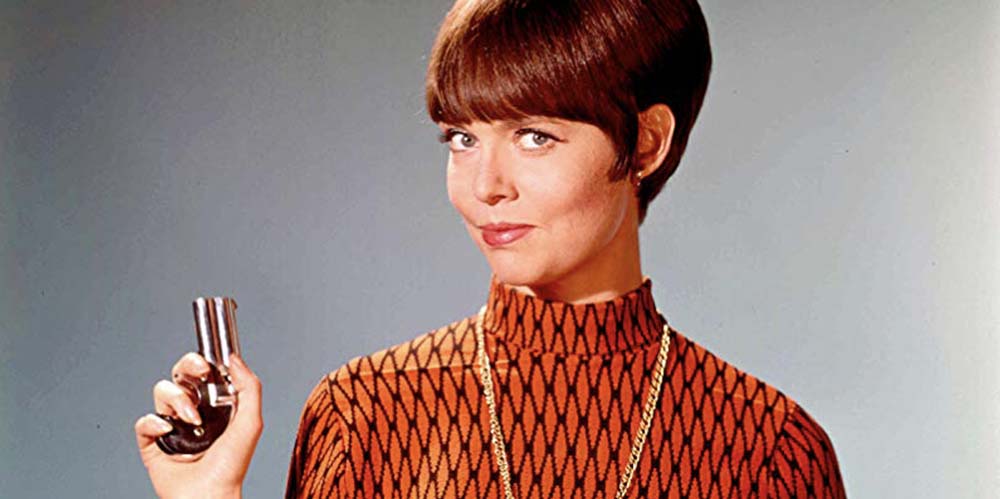
Sydney
June 22-23, 2024
Sydney Showground Olympic Park



The decade is the 1960s. In the US, television as we know it has only been running for 20 years. In Australia, only four.
Yet the decade will also prove to be one of the most culturally significant for entertainment and will help launch one of the most beloved television genres, the sitcom.
The sitcom these days is tried and true in its assembly. You can usually identify it by its use of single-cam shots and plots that centre around a family (whether that be found or blood-related) who find themselves with a new zany problem to fix from week to week.
However, back in the ‘60s, the genre was brand-spanking new and its use of family made it, to many, a mirror image of the homes it screened into. But something else was new too.
Outside the screen, women were entering the workforce at unseen rates. Feminist bestsellers by Maya Angelou and Betty Friedan were taking the world by surprise. Revolution was in the air, and sitcoms soon had to reflect more than just wives playing house. Enter the rise of the new sitcom woman.
Sometimes magical, sometimes morbid, but always in control, the ‘60s showed women a new path, one that went beyond its 20-inch dimensions, and one that’s influence can still be seen today.
But who exactly can we thank for making TV’s laughable ladies as we know and love them today?
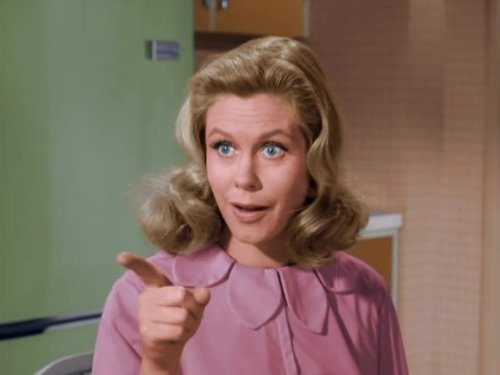
Elizabeth Montgomery as Samantha Stevens
SAMANTHA STEVENS (BEWITCHED)
Flying onto our screens in 1964, Samantha Stevens literally bewitched, bothered and bewildered audiences to delight.
After marrying husband, Darrin (Dick York and later Dick Sargent), Samantha (Elizabeth Montgomery) promises to put away her witchy ways to live the life of a mortal housewife. However, it seems that life in the suburbs has a different plan altogether.
Far from being a story of another disenfranchised housewife, Samantha was one of the earliest TV examples of an all-commanding matriarch.
While Darrin is often insecure about the magic his wife holds, Samantha never lets that stop her from casting spells to save the day, often doing so to reverse the mess Darrin has gotten them into in the first place.
Subverting the damsel in distress trope, Samantha somehow manages to raise two sorcerous children, battle the thinly-veiled class critiques from her parents, and save her flailing husband, all by the end of a 9-to-5 day.
That seems pretty magical to us.
LAURA PETRIE (THE DICK VAN DYKE SHOW)
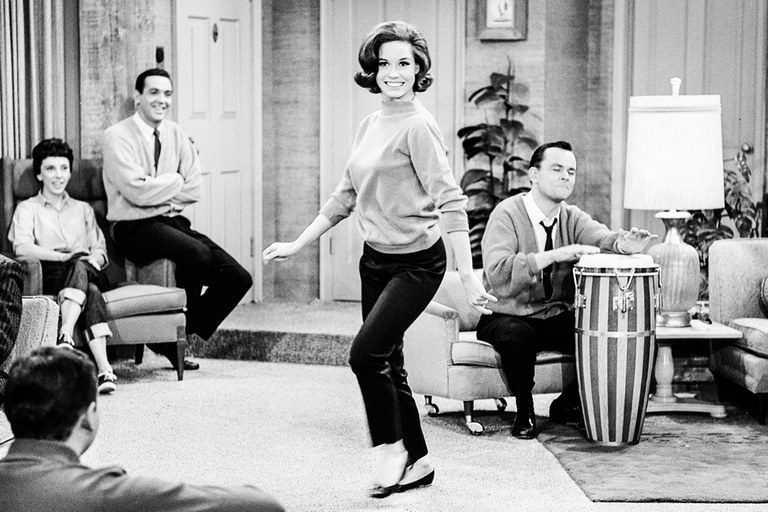
Mary Tyler Moore as Laura Petrie
Mary Tyler Moore is often credited as leading the charge for equality in Hollywood, both on-screen and off. But even before her own show, The Mary Tyler Moore Show, Moore was already making strides with her depiction of Laura Petrie in The Dick Van Dyke Show.
Laura Petrie is the wife of Rob Petrie (Dick Van Dyke), head writer for the fictional variety show, The Alan Brady Show. But despite leaving her dancing career to become a stay-at-home wife, the show never tries to make Laura Rob’s boring counterpart. In fact, Laura is often the face of wisdom and wit in light of Rob’s wackier plans.
As Moore once said of the role, “I wanted to establish [Laura] as a woman who had her own point of view and who would fight with her husband – a good fight, if necessary. She wasn’t a ‘yes’ wife, nor did she focus everything on him.”
Unafraid to take Rob down a peg or two, Laura and Rob’s relationship and their occasional spats are always seen as a battle of equals to audiences, with Laura often winning more arguments than losing.
And to top it all off, Laura is often referenced as the first woman ever to wear the pants (both figuratively and literally) on sitcom TV.
MARY ANN SUMMERS AND GINGER GRANT (GILLIGAN’S ISLAND)
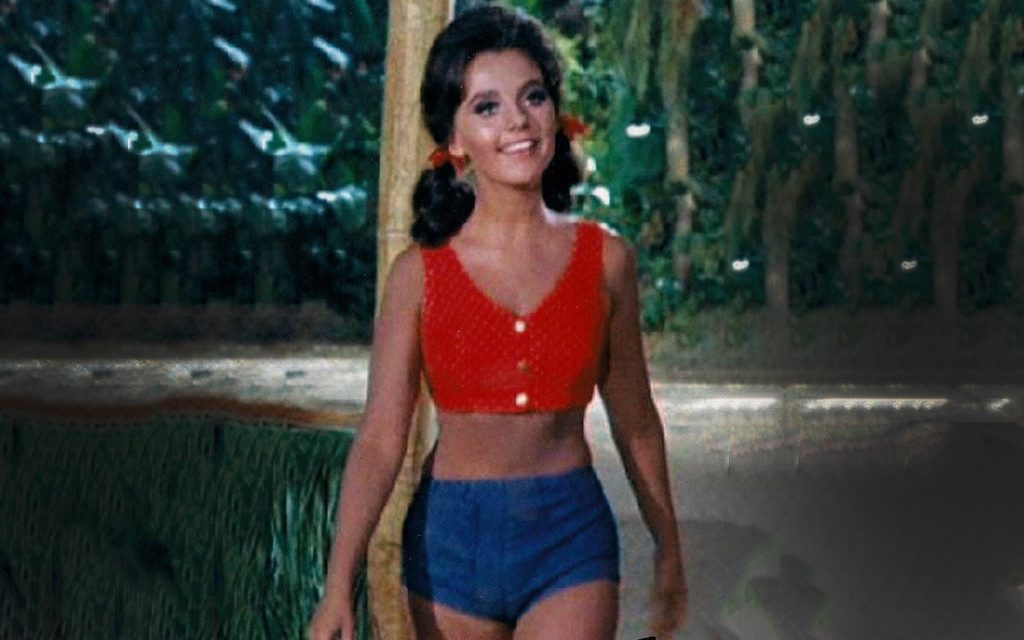
Dawn Wells as Mary Ann Summers
While this one is technically two, it would be almost impossible to talk about Gilligan’s Island without mentioning both women that kept the show afloat.
The 1967 show, centring on the many rescue attempts of an oddball crew of shipwrecked passengers, featured both girl-next-door Mary Ann (portrayed by Supa-Star Dawn Wells) and starlet Ginger (Tina Louise), who despite seeming as opposite as can be, soon become the best of friends.
Despite their mostly male ensemble, Mary Ann and Ginger became one of the first female friendships on TV that rarely featured any sub-plots around the two rivalling each other for male attention.
Additionally, both women prove to be more than capable of surviving on their wits alone, as Mary Ann is often the first to help with any rescue attempts, and Ginger is shown as having a wildly successful career, in no need of a man to support her.
MORTICIA ADDAMS (THE ADDAMS FAMILY)
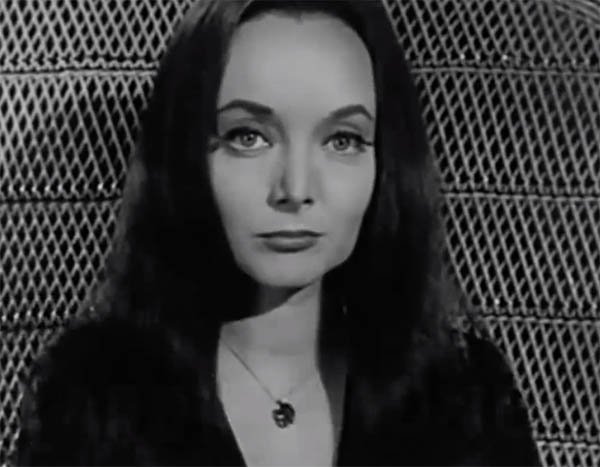
Carolyn Jones as Morticia Addams
1964’s The Addams Family is the perfect example of how sitcoms in the ‘60s led way for positive depictions of marriage, even those with a side serving of the macabre.
Centred around The Addams, a family whose tastes run a tad more gruesome than the average white-picketed household, the show brought with it one of the earliest introductions of a happily married seductress.
Constantly seen in V-necked ball gowns displaying her fluent French, Morticia Addams (Carolyn Jones) successfully gave sexual liberation a face within mainstream culture. A subversion of the classic femme fatale trope, while her relationship with Gomez (John Astin) is constantly filled with chemistry, it is also one without any trace of deceit or bickering.
As producer Nat Perrin put it, “I didn’t want to do another version of The Bickersons, because I thought it would look like every other show.”
The Addams Family knew it didn’t need relationship quibbles to make drama, discovering that sitcom television was at its best when the obstacles came from the outside world, in the form of pastels and door to door saleswomen.
AGENT 99 (GET SMART)
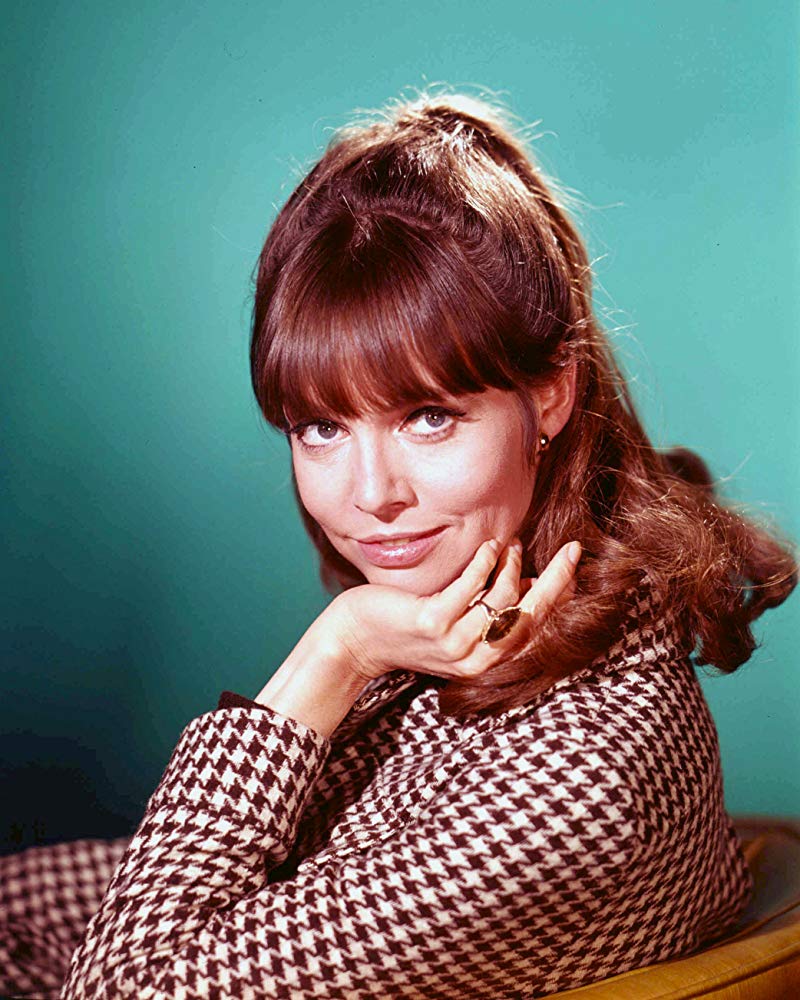
Barbara Feldon as Agent 99
It would be impossible to write an article about strong sitcom women without mentioning this one.
One half of the infamous spy duo led by CONTROL, Agent 99 (played by Supa-Star Barbara Feldon) successfully taught women everywhere that it was cool to be tough.
The 1965 cult comedy, focused around loveable klutz and secret agent Max Smart (Don Adams), who alongside 99, helped take down the evil forces of KAOS on a week by week basis.
While technically, Smart is the leader of their partnership, anyone with half a brain knows that it’s 99 who really calls the shots. Although Smart’s slapstick humour lends the show its laughs, it is 99’s cool composure that makes sure everyone gets out alive. In fact, there are hardly any storylines where Smart rescues 99, a rare occurrence in TV for the time.
99 also never let their romantic chemistry stop her from doing her job. Even after the pair get married and have children, 99 still remained a spy, and as a result, also became the first woman in a sitcom to keep her job after marriage.
Barbara Feldon and Dawn Wells will appear at Supanova Comic Con & Gaming Sydney (21–23 June) and Perth (29-30 June).
READ MORE: What ‘I Dream Of Jeannie’ Means To Fans After All These Years






